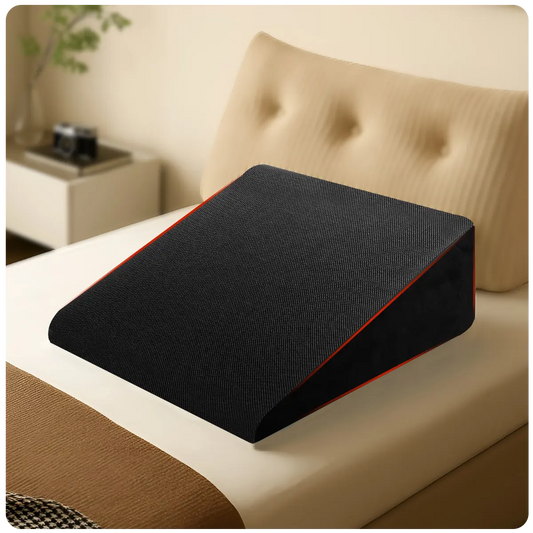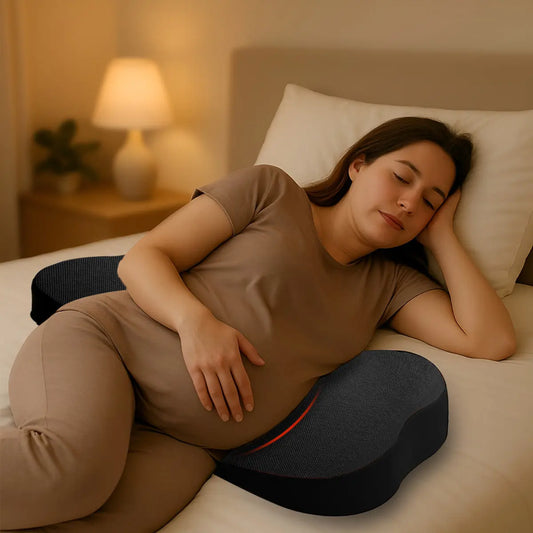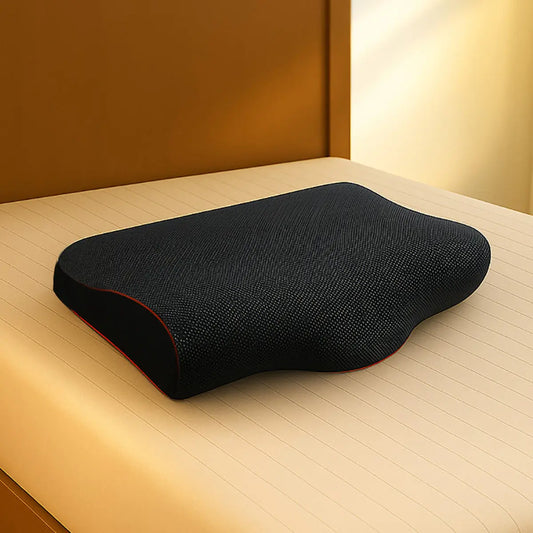
Sitting vs. Standing: Which One is Worse for Your Spine?
Share
The Modern Dilemma: Sitting or Standing?
Sitting is the new smoking—we’ve all heard it. Many are switching to standing desks, thinking they’re the key to a pain-free back. But when it comes to Sitting vs. Standing, is standing really better than sitting?
The truth is, both positions have risks when done excessively. Understanding how each position affects your spine can help you find the right balance to protect your posture and overall well-being in the sitting vs. standing debate.
The Hidden Dangers of Prolonged Sitting
Sitting for extended hours has been linked to multiple health issues, including back pain, poor circulation, and muscle stiffness. Here’s why sitting vs. standing makes a difference:
🪑 Increased Spinal Compression – Sitting puts up to 40% more pressure on the spine compared to standing. Over time, this leads to disc degeneration, stiffness, and lower back pain.
🪑 Weakened Core and Glutes – When you sit all day, your core and glute muscles become inactive, leading to poor spinal support and misalignment.
🪑 Forward Head Posture (Tech Neck) – Sitting at a desk often involves leaning forward toward a screen, straining the neck and upper back, making the sitting vs. standing issue more complex.
🪑 Increased Risk of Chronic Diseases – Studies suggest that prolonged sitting can contribute to diabetes, heart disease, and obesity, further affecting spinal health indirectly.

Standing All Day: Is It Really the Solution?
While standing is often recommended to counteract the risks of prolonged sitting, standing too much has its own problems:
🦵 Increased Lower Back and Leg Fatigue – Standing for long periods puts excessive pressure on the lower back, hips, and knees, leading to muscle fatigue and pain.
🦵 Varicose Veins & Circulation Issues – Standing for too long reduces blood circulation in the legs, increasing the risk of varicose veins and swelling.
🦵 Postural Imbalances – Many people shift their weight to one leg while standing, leading to spinal misalignment and uneven muscle use.
🦵 Reduced Energy Levels – While standing can increase alertness, standing for prolonged periods without movement can lead to fatigue, reducing productivity and focus.

The Ideal Balance: Movement is Key
The real issue isn’t whether sitting or standing is better—it’s about finding the right balance between both. Here’s how:
🔹 Follow the 30-30 Rule – Every 30 minutes of sitting, stand for 30 minutes, then move around.
🔹 Use a Footrest While Standing – A slight elevation of one foot reduces lower back strain and encourages spinal alignment.
🔹 Engage in Active Sitting – Using an ergonomic chair with lumbar support reduces spinal compression and improves posture.
🔹 Take Movement Breaks – Incorporate light stretches, short walks, or standing exercises to relieve tension.
🔹 Strengthen Your Core – A strong core provides essential support for both sitting and standing postures, reducing the risk of lower back pain.
🔹 Adjust Your Workstation – Whether sitting or standing, ensure your screen is at eye level and your keyboard is at a comfortable height to avoid strain.

Final Thoughts: It's About Variation, Not Elimination
Neither sitting nor standing is inherently bad—it’s excessive sitting or standing that harms your spine. The key is to keep moving, maintain good posture, and use proper support to reduce spinal strain. For added comfort and support during long periods of sitting or standing, consider using ergonomic products like the Trajectory Office Seat Pillow or Trajectory Neck Rest. By balancing both positions wisely, you can protect your spine, reduce discomfort, and improve overall health.
The debate over sitting vs. standing isn’t about choosing one—it’s about balance. Sitting too long weakens core muscles and compresses spinal discs, while prolonged standing strains the lower back, knees, and feet. The key is to alternate positions throughout the day. Experts suggest the 50:10 rule—sit for 50 minutes, stand for 10, and stay active. Using a sit-stand desk, taking short walks, and maintaining good posture can help reduce spinal strain and improve overall well-being.
💡 Which habit do you think affects your posture the most—sitting or standing? Share your experience below!




